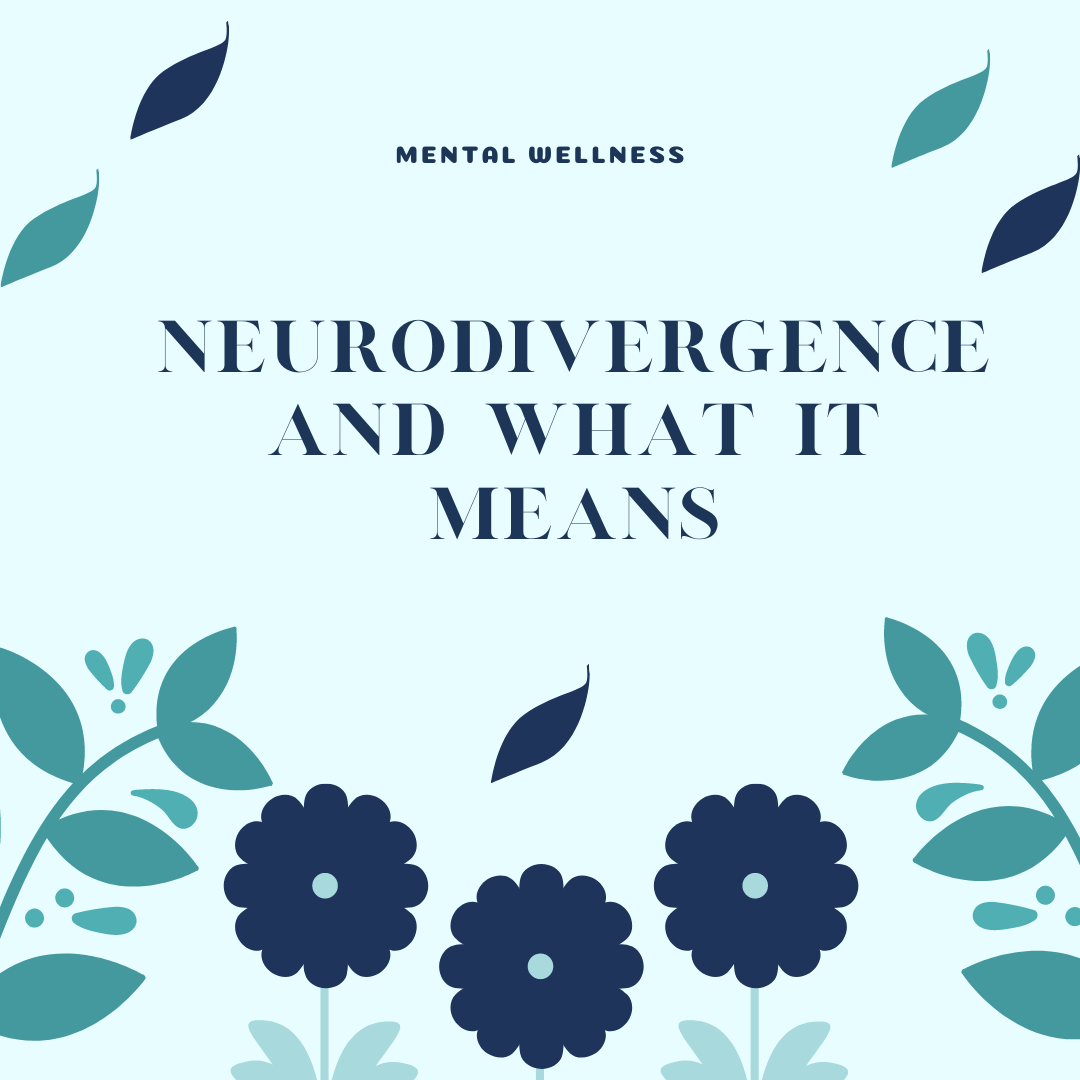Some of you may not have heard the term Neurodivergent and may not know what it means, but the term defines as someone’s brain processes, learns, and/or behaves differently from what is typically considered “normal.”
Disorders such as ADHD, Dyslexia, Autism, Dyspraxia, and other learning disabilities fall into the category of neurodivergence, but they differ in their own ways.
ADHD, which stands for Attention Deficit Hyperactivity Disorder has significant differences in how the condition manifests in boys versus girls. And may affect how ADHD is recognized and diagnosed.
Symptoms of ADHD include:
- impulsiveness
- disorganization
- problems prioritizing
- poor time management skills
- problems focusing on a task
- trouble multitasking
- excessive activity or restlessness
- low frustration tolerance
In addition, boys are three times more likely to be diagnosed with ADHD than girls. It has no cure and is treated with medication or therapy.
Another example would be Autism. Autism or Autism spectrum disorder (ASD) is a serious developmental disorder that impairs the ability to communicate and interact.
The range of symptoms can vary widely. Common symptoms include difficulty with communication, difficulty with social interactions, obsessive interests, repetitive behaviors, and many more. Autism like other neurological disorders is very complex and the severity of it varies. Although boys are four times more likely to be diagnosed with Autism than girls, research shows Autism is more common in girls than previously believed.
Now you may have noticed with both these examples, one of the similarities is that more boys are diagnosed than girls, but that isn’t because it’s more common in boys than in girls. In fact, with ADHD psychiatrists say that nearly half of all children with ADHD are female.
In the cases of ADHD and Autism as well as other disorders, the problem is the same. Girls don’t always fit the stereotypical symptoms, and even when they do mark most of it, doctors often claim the behavior is a result of laziness, ditziness, or low self-esteem.
The fact is majority of studies for these disorders have been conducted solely on males and the mold doctors use to diagnose these disorders are more often than not male ones. Because of this, some doctors believe that these conditions are not common in girls, and will often ignore symptoms in favor of an explanation they believe more plausible.
There are also many accounts of parents having to go to doctors for years simply to get their daughters diagnosed and even being told that the girls will “grow out of it.”
Some might claim that it is harder to tell that girls have neurological disorders and that is the reason for discrepancies in diagnosis numbers, and while research shows that females, at least in younger years, are better at masking their symptoms, the common symptoms in girls are readily available and only a few keystrokes away if a doctor is not positive, a simple internet search could clear the matter.
In the case of ADHD in girls, many reputable sites claim that many girls have ADHD without hyperactivity, one of the most common symptoms. This means they don’t squirm around or get up to do something like sharpen a pencil or grab a piece of paper every two minutes. Rather, they just sit at their table and zone out. They have the same problems of inattention, distractibility, and poor impulse control, but few parents, teachers, and or doctors ever think these girls have ADHD because they aren’t hyperactive.
And if a girl is hyperactivity, it is completely ignored because, well, they’re girls, and at least subconsciously people often write it off as the girl being bubbly or a bit vapid.
This isn’t the case with boys. Hyperactivity might not be considered “normal” for them as socially boys just aren’t expected to be bubbly or absent-minded.
This isn’t a small issue and people with neurodivergent disorders shouldn’t be overlooked or allowed to slip through the cracks.
If you know, teach, or employ someone who is Neurodivergent, the best way to help them is to be direct and work with the individual to make reasonable adjustments to their workload and or education. It’s important to be direct as many Neurodivergent people have trouble understanding sarcasm, subtlety, or even jokes. It’s necessary to work directly with the individual as what works for one person, may not work for another.


